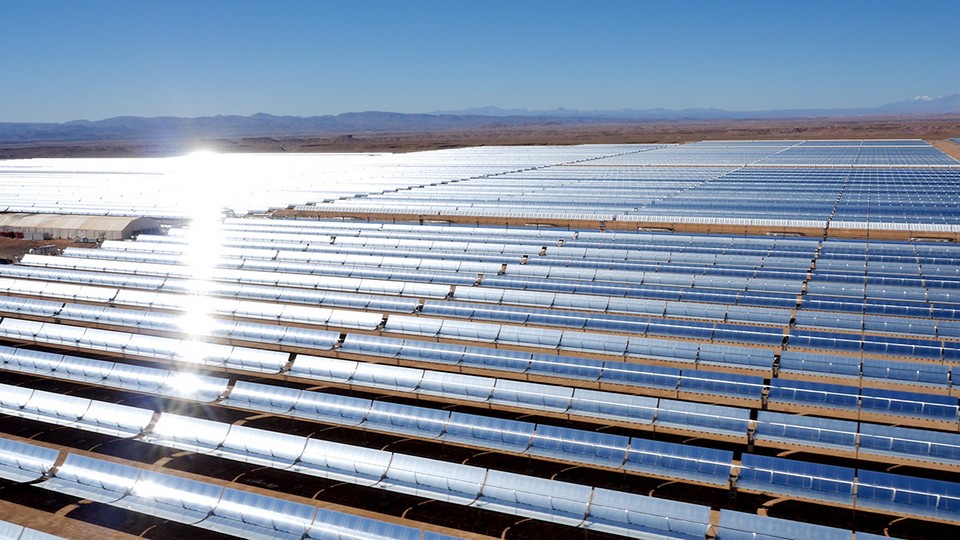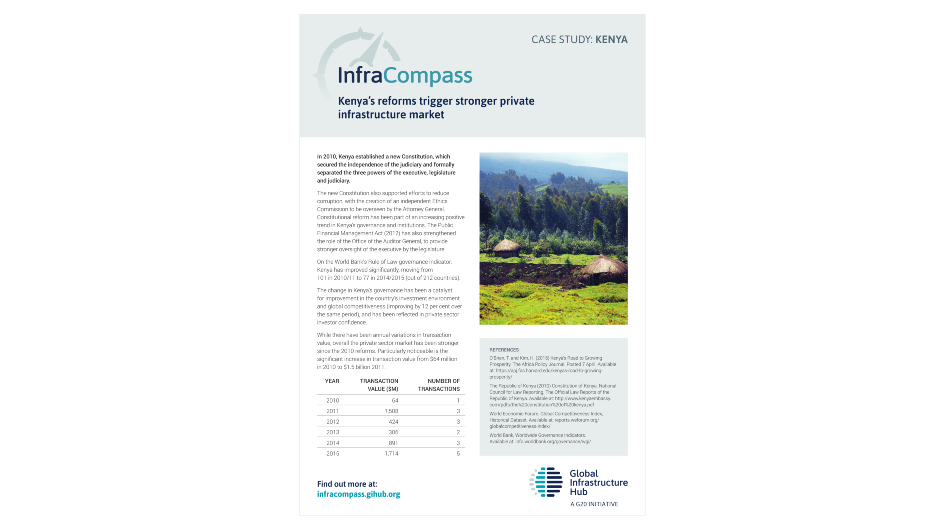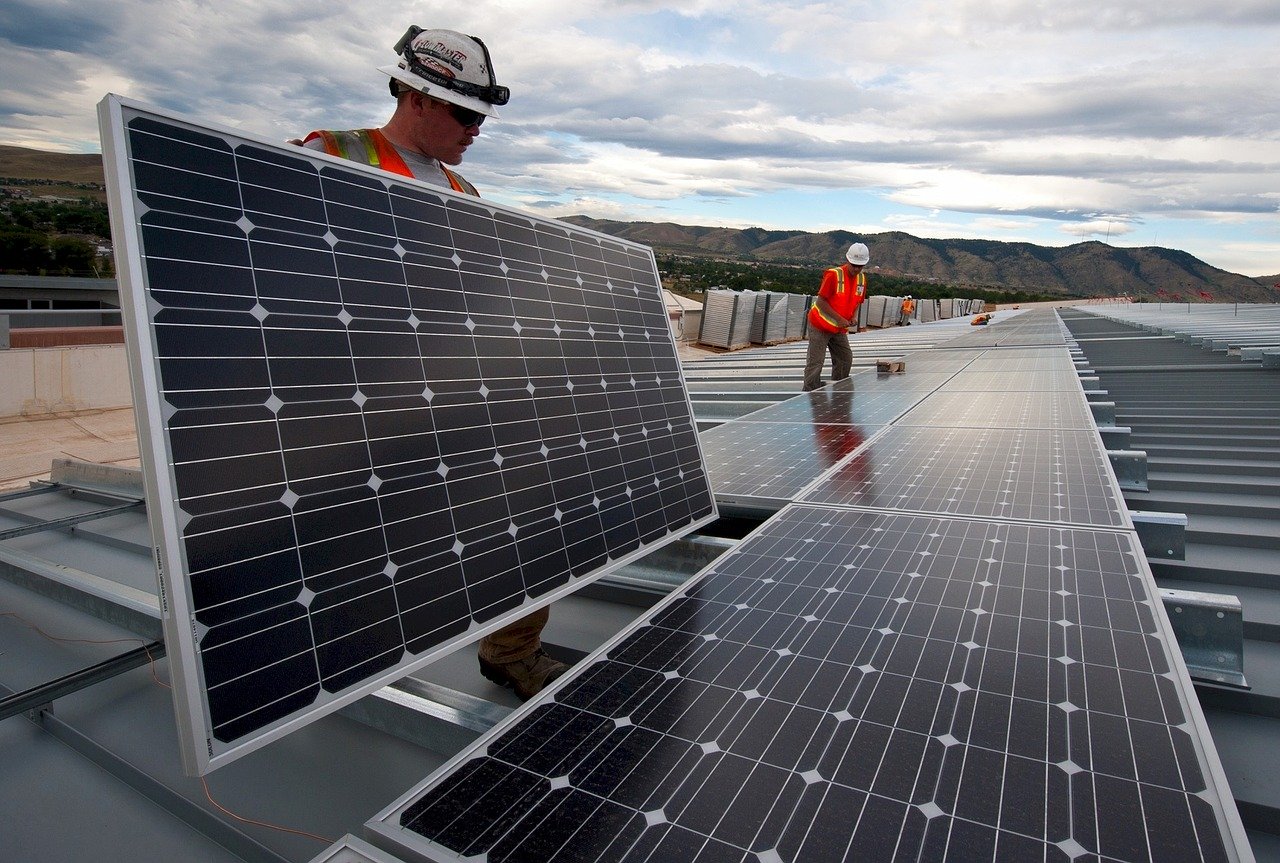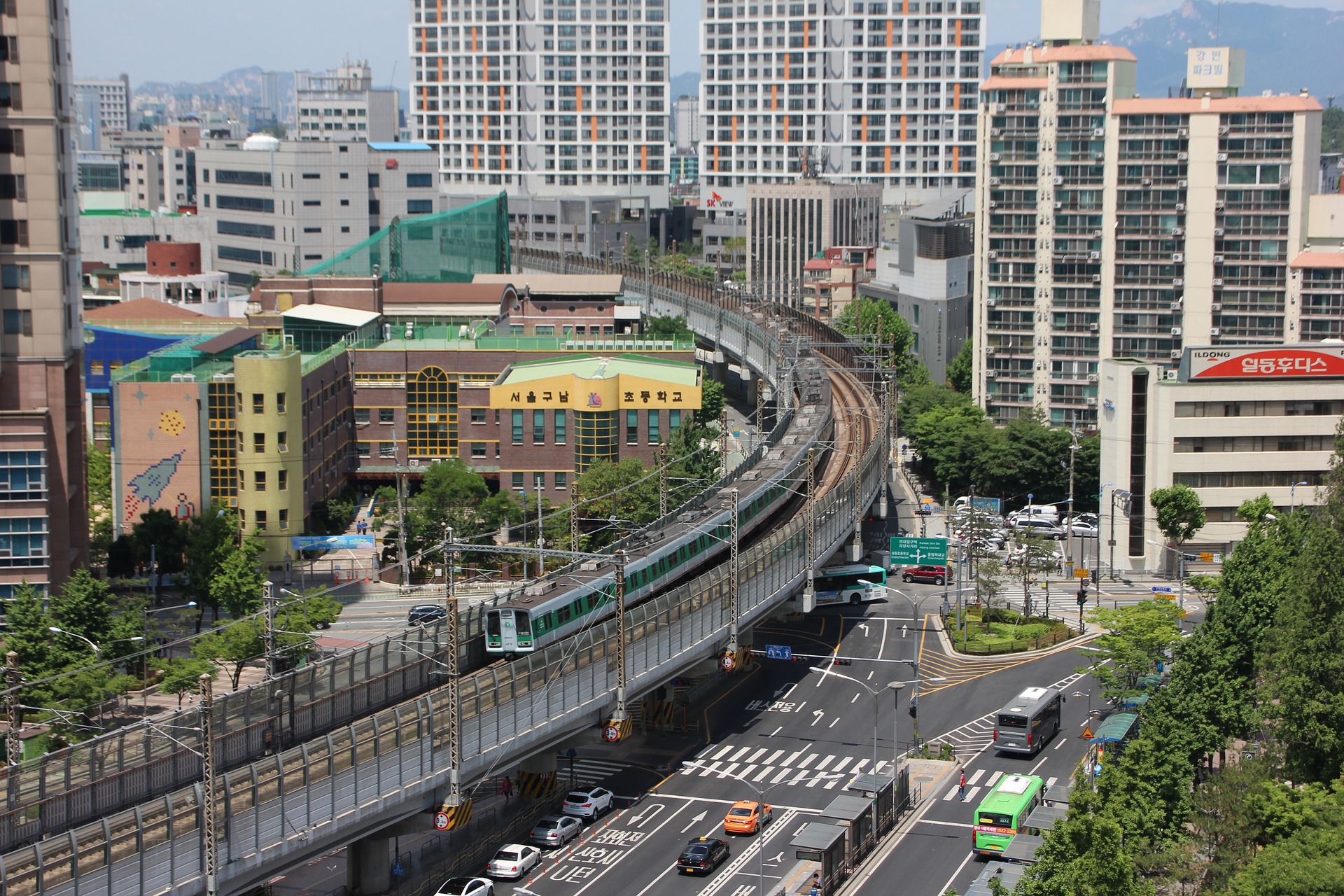325 results found
Featured results

More results
Noor Ouarzazate I, a 160 MW Concentrated Solar Power (CSP) plant, is a path-breaking large- scale CSP project, one of the first to be delivered in the Middle East and North Africa (MENA) region, taking advantage of the region s abundant solar resources.
Most public infrastructure investments in the US are made by individual states rather than the federal government
The use of innovation mechanisms to enable investors to hedge their currency risk can attract capital to markets
The São Paulo government sought to expand the a 720km NE-SW road across the state of São Paolo, which had one of the highest traffic volumes in the country
As of April 2019, the IFC successfully raised USD 7.1B from eight global investors through the MCPP, USD 3.6B worth of funds
The International Finance Corporation (IFC) has a mandate to mobilize private financing and is looking to do this through various syndicated products including: B Loans, Parallel Loans and A Loan Participations
The USD 1.1 billion Pennsylvania Rapid Bridge Replacement (RBR) Project is the first multi-asset public-private partnership (PPP) project to be undertaken in the US, using a bundled contract approach to replace 558 structurally deficient (SD) bridges across Pennsylvania.
This analysis was drawn from the GI Hub's InfraCompass tool. The case study reflects on how Colombia has undergone a long period of transition to become an emerging economy leader.
This analysis was drawn from the GI Hub's InfraCompass tool. The case study reflects on how change in Kenya's governance acted as a trigger to make it a stronger private infrastructure marlet.
This analysis was drawn from the GI Hub's InfraCompass tool. and the case study reflects information on how the reform of land registration in the Malaysian state of Sarawak took place.
The GBP 4.2bn Thames Tideway Tunnel ( TTT ) project, a 25km tunnel to run beneath the River Thames in the centre of London, is the largest sewer improvement project to be conducted in the UK for over a century.
Pacífico Tres was created in 2014 to facilitate the construction of a c. 150km highway linking three of Colombia's most commercially important regions
Japan's Program for Earthquake-Resistant School Buildings has increased the seismic safety of Japanese schools, and hence increased the safety of Japanese schoolchildren, teachers, and communities. Since 2003, when the program accelerated, the share of earthquake-resistant public elementary and junior high schools has increased, from under half of schools in 2002 to over 95 percent in April 2015. Japan is sharing knowledge from this program with developing countries through its relationship with the Global Facility for Disaster Reduction and Recovery (GFDRR), whose Global Program for Safer Schools has been supported by the Japan–World Bank Program for Mainstreaming Disaster Risk Management in Developing Countries and its implementing arm, the Disaster Risk Management Hub, Tokyo.
UN ESCAP supports governments in Asia-Pacific in implementing measures to efficiently involve the private sector in infrastructure development.
The report first gives background information on infrastructure prioritization in Panama, then follows with a description of the IPF in technical and implementation terms.
Australia's national government introduced policy to incentivize asset recycling by state-level governments, by offering up to 15% of the sale or lease proceeds of asset privatizations for re-investment in infrastructure projects
Lowline is a project to transform an abandoned trolley (tram) terminal on the Lower East Side of Manhattan into the world?s first underground park
The Belgian government sought to improve mobility around its port district by relieving congestion that delayed tourists and freight
Mexico grew its wind energy installed capacity to c. 2000MW, generating USD 12B in investments and spillover effects on the local value chain
The Mexican government sought to increase its wind energy production and reduce its reliance on fossil fuels. The Mexican government set a goal of reducing the country's greenhouse gas emissions by 50% by 2020
Thailand's greenhouse gas emissions grew by c. 70 percent between 2000 and 2010, leading to environmental concerns
The municipality of Porto Alegre, the capital and largest city in the southern Brazilian state of Rio Grande do Sul, was planning to build a new transit artery connecting 20 neighborhoods across the city, including dedicated lanes for the Bus Rapid Transit (BRT) service
This paper presents a case study of the Brazilian Power Sector







 Link
Link











